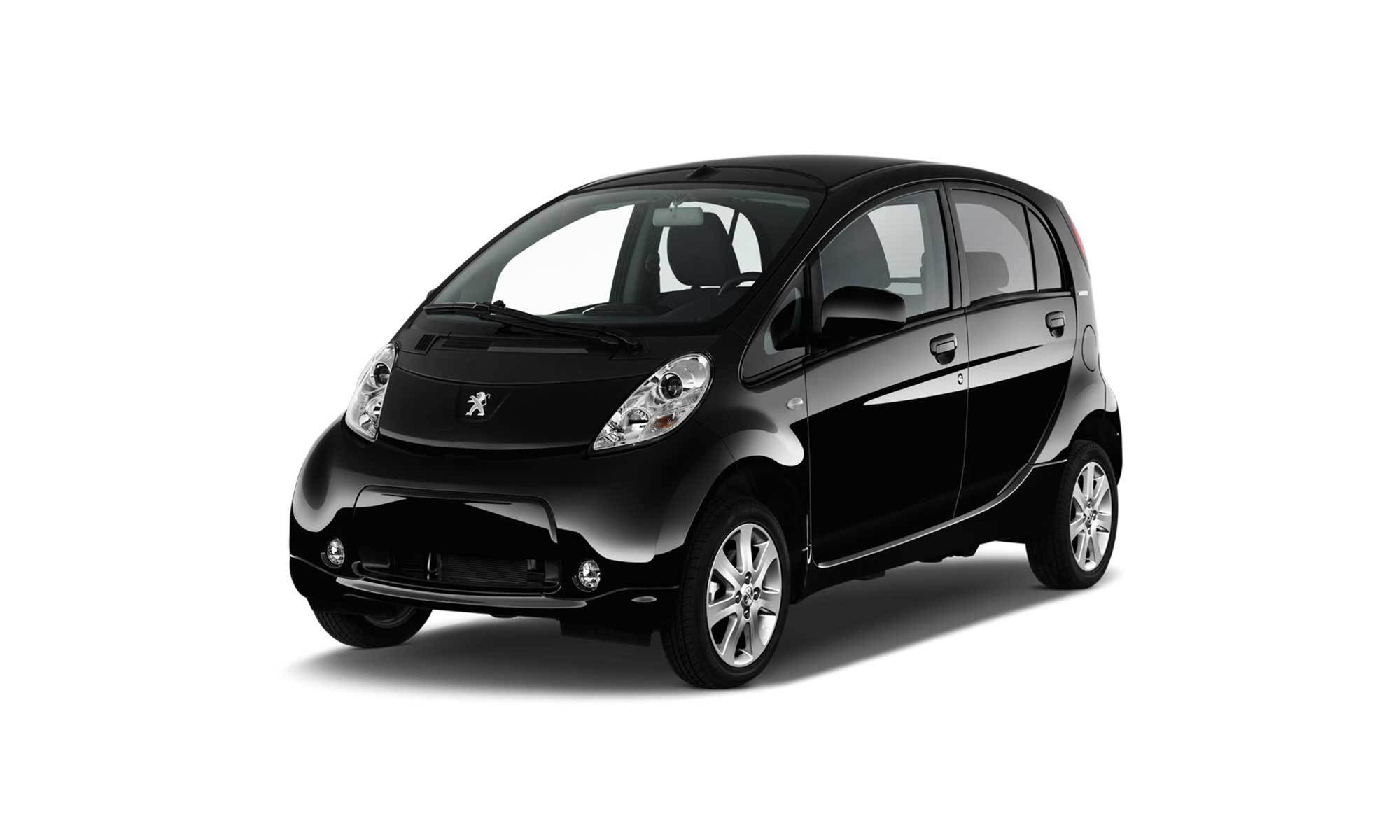

The Peugeot iOn was one of the first mass-produced modern electric city cars available in Europe, introduced in 2010 and discontinued around 2019. It was a rebadged version of the Mitsubishi i-MiEV, developed as a joint venture with Citroën (which sold its version as the C-Zero).
Key Features and Specifications
The iOn was designed as a highly maneuverable urban runaround, prioritizing low running costs and ease of use in congested city environments.
Motor and Performance: It was powered by a single electric motor located at the rear, producing 47 kW (63 hp) and 180 Nm of torque. The top speed was around 81 mph (130 km/h), but acceleration slowed considerably past city speeds, making it best suited for urban driving.
Battery and Range: The iOn featured a 16 kWh lithium-ion battery pack (with 14.5 kWh usable capacity) located under the floor.
The official NEDC range was approximately 93 miles (150 km), but real-world range was closer to 60-85 miles in mild conditions, dropping significantly in cold weather or at highway speeds.
Charging: The car supported both AC and DC charging.
Standard charging via a household 220V outlet (Type 1 port, 3.7 kW AC max) took around 4-6 hours for a full charge.
Rapid charging was possible via a CHAdeMO port (up to 40 kW DC), capable of replenishing the battery to 80% in about 30 minutes.
Practicality and Handling: The iOn was a tall, narrow four-seater with compact dimensions (around 3.47 meters long) and a tight turning circle of 9 meters, which made it excellent for parking and city maneuvering. The low placement of the battery pack provided a low center of gravity, aiding stability.
Market and Availability
The Peugeot iOn was primarily targeted at fleet, leasing, and car-sharing companies due to its high initial purchase price for private buyers. It is no longer in production, but used models are available for those seeking a highly economical, simple urban electric vehicle.